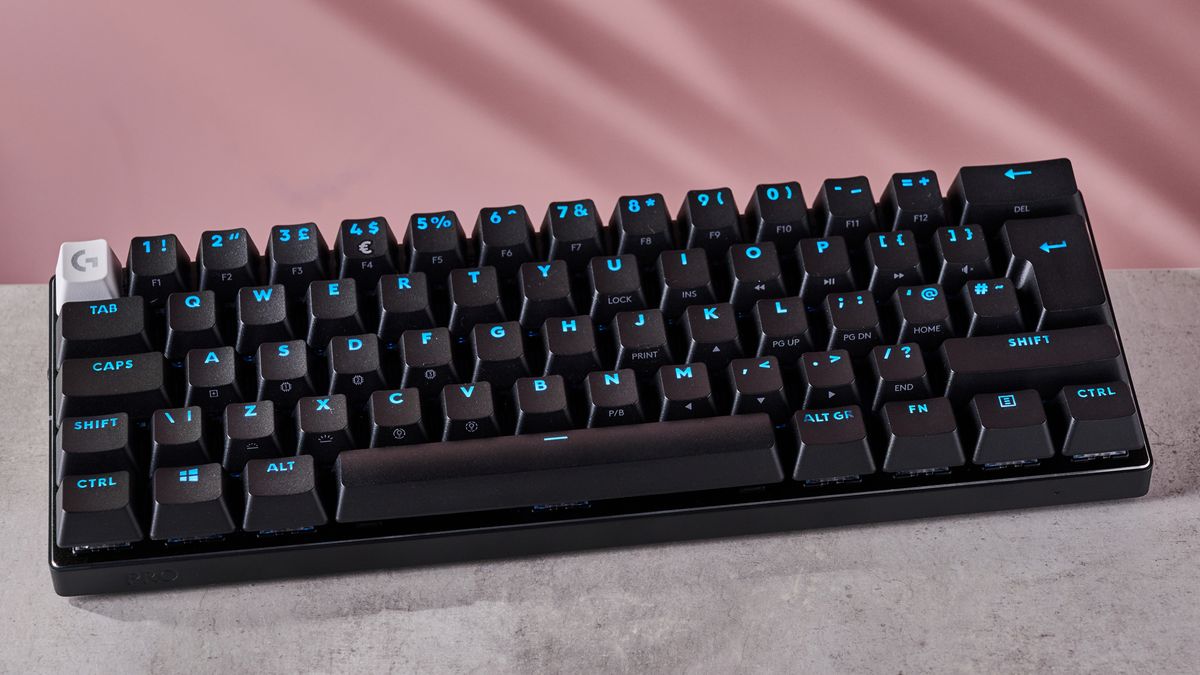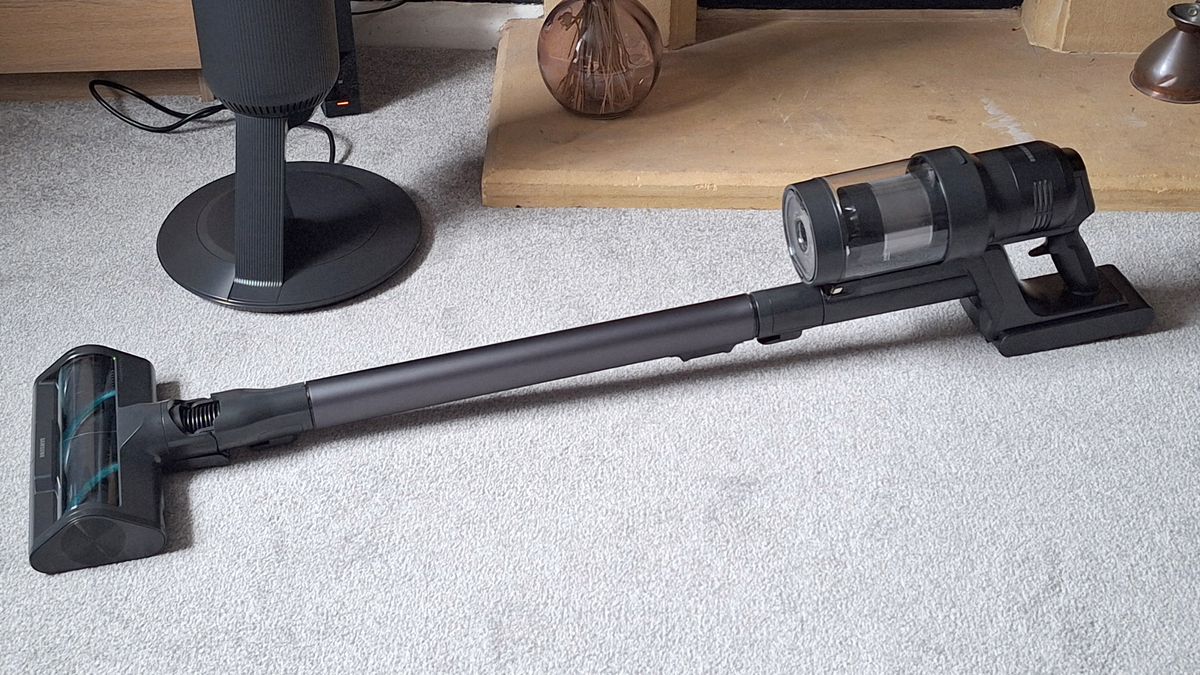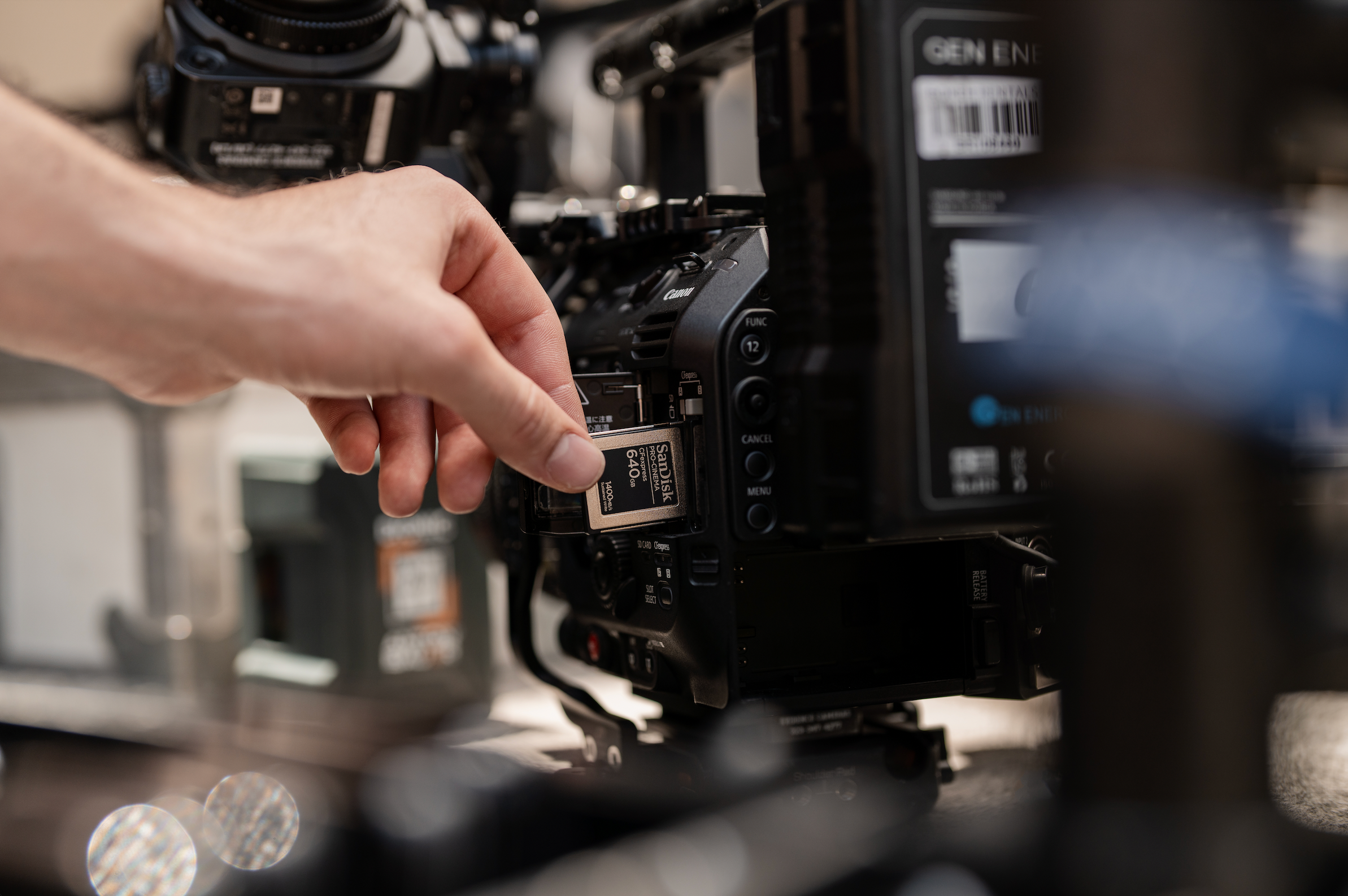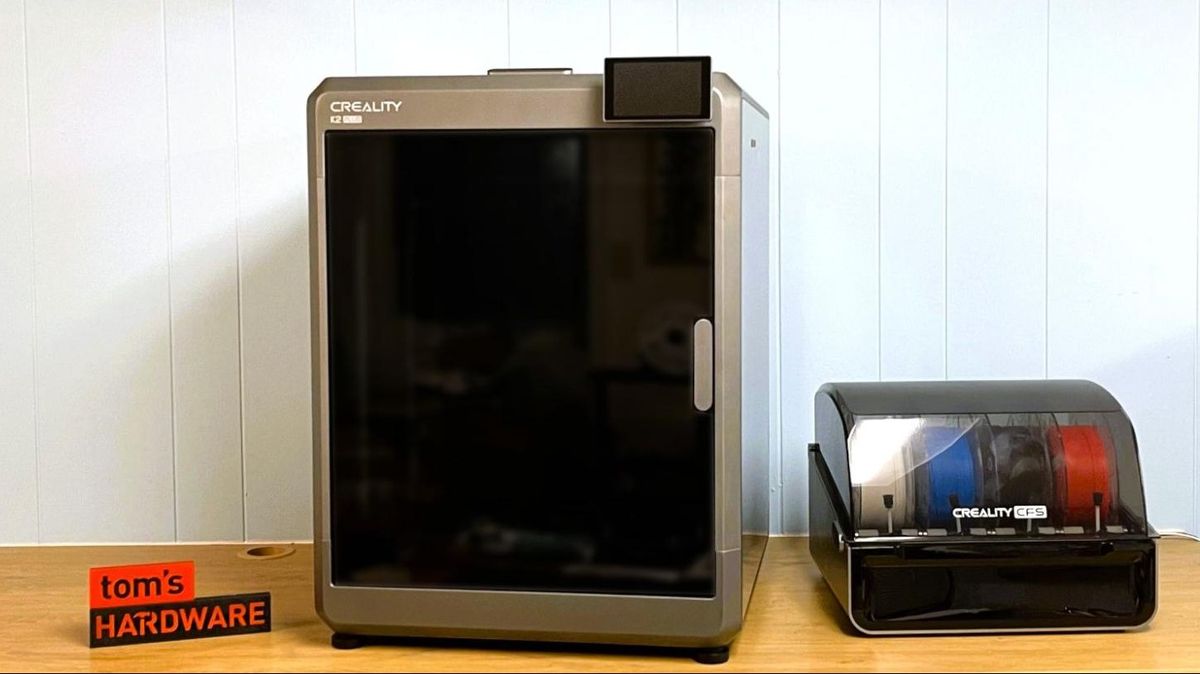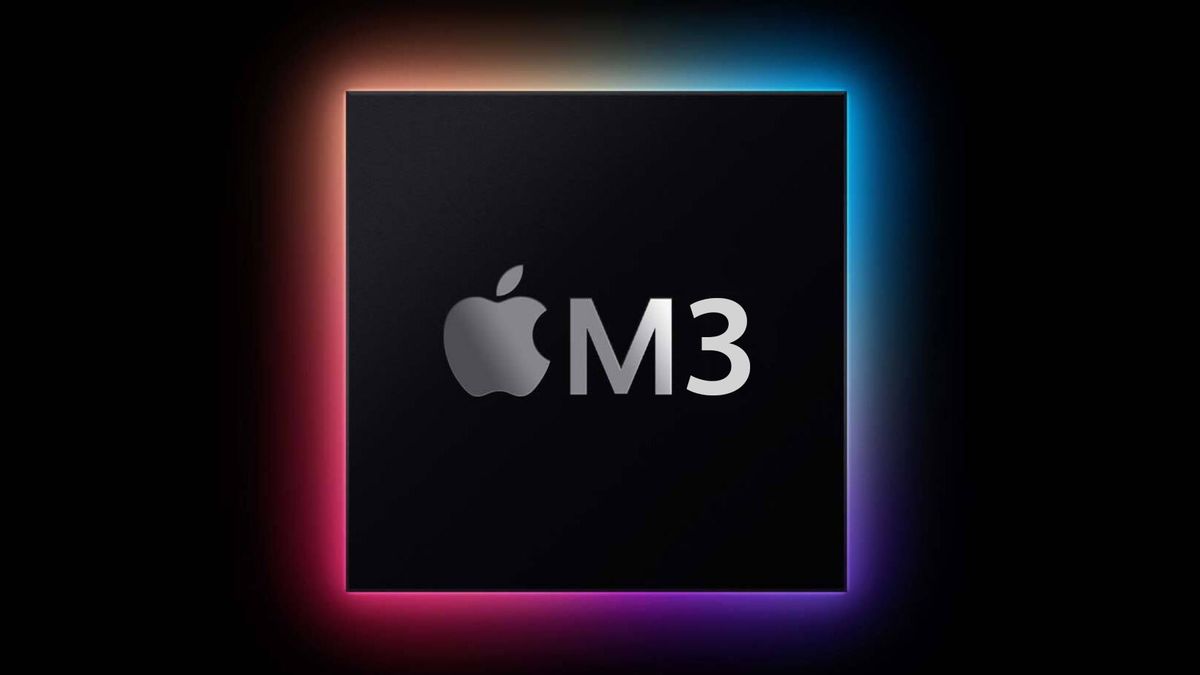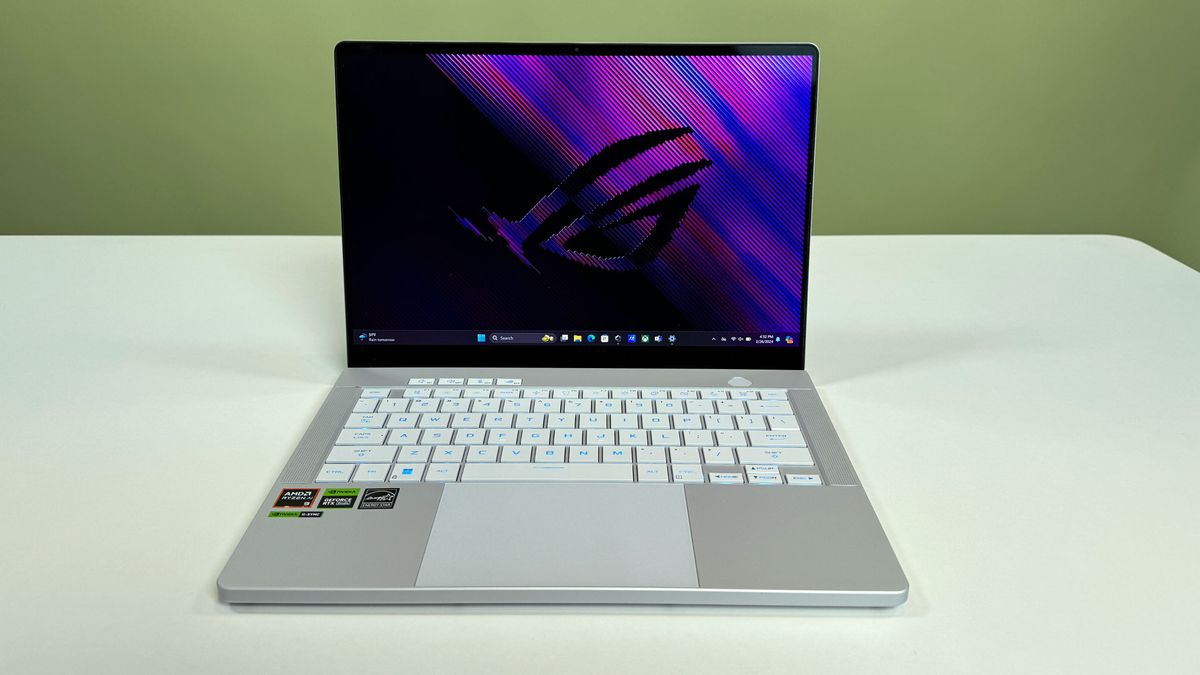$3,700 RTX 5090 GPUs have found new homes after sitting on US retailer's shelves

March 30 marks the two-month anniversary of the RTX 50-series GPU launch, yet Nvidia still has not managed to mitigate its apparent supply-chain concerns that have hampered inventory and street prices since day one. A Reddit user shared an image from Micro Center Dallas, where we can see the elusive RTX 5090, one of the best graphics cards, in stock. The catch is that you'll need to pay close to $4,000 to get your hands on one, assuming they haven't sold out yet. Spoiler: The comment section suggests they have, and we've verified the status on Micro Center's website.
It has seemingly become the norm for AIBs to increase already absurd prices after launch for GPUs that aren't even in stock. The argument is that these increases reflect the laws of supply and demand. Lack of supply leads to high prices, reducing demand until the market stabilizes. Nvidia governs the supply end of the spectrum and how much wafer allocation goes to consumer-grade GB20X chips, which likely don't sell as well as Blackwell B200/B300 AI accelerators for data centers.
The liquid-cooled ROG Astral LC GeForce RTX 5090 we're looking at launched with a price tag of $3,099.99, which is already 50% over Nvidia's recommended MSRP. It's understandable since it's a premium model with liquid cooling and all the bells and whistles. AIBs are free to price their non-MSRP models as they like, which isn't inherently bad. To the side, we can also spot several high-end ROG Astral RTX 5080s, with no budget TUF Gaming or Prime models in sight. At the far right, a price tag sticker attached to the ROG Astral RTX 5090 on the third shelf reveals that Micro Center is selling these units for $3,700, 20% over Asus' launch MSRP.
This is lower than what the average RTX 5090 Founders Edition goes for on eBay. Customers are willing to pay up to $4,000 or higher for a GPU that was initially supposed to cost $2,000 and isn't even all that faster versus its last-generation counterpart, the RTX 4090, considering the previous gen-on-gen uplifts we've seen. If you're a professional, you might as well consider Nvidia's Blackwell workstation GPUs.
This problem also extends to previous-generation RTX 40 series cards, most of which are likely no longer in production. Per our detailed analysis, the RTX 5090 is the worst GPU in terms of the price-to-performance ratio, taking into account eBay prices.
With a limited number of wafers available each month, the economy favors Nvidia's server and workstation GPUs, which generate significantly more revenue for the firm. Like their approach with Ampere, analysts suggest Nvidia could adopt a dual-sourcing strategy, using Intel's 18A wafers for gaming GPUs while reserving all TSMC supply for its data center offerings.
Get Tom's Hardware's best news and in-depth reviews, straight to your inbox.
What's Your Reaction?
 Like
0
Like
0
 Dislike
0
Dislike
0
 Love
0
Love
0
 Funny
0
Funny
0
 Angry
0
Angry
0
 Sad
0
Sad
0
 Wow
0
Wow
0
